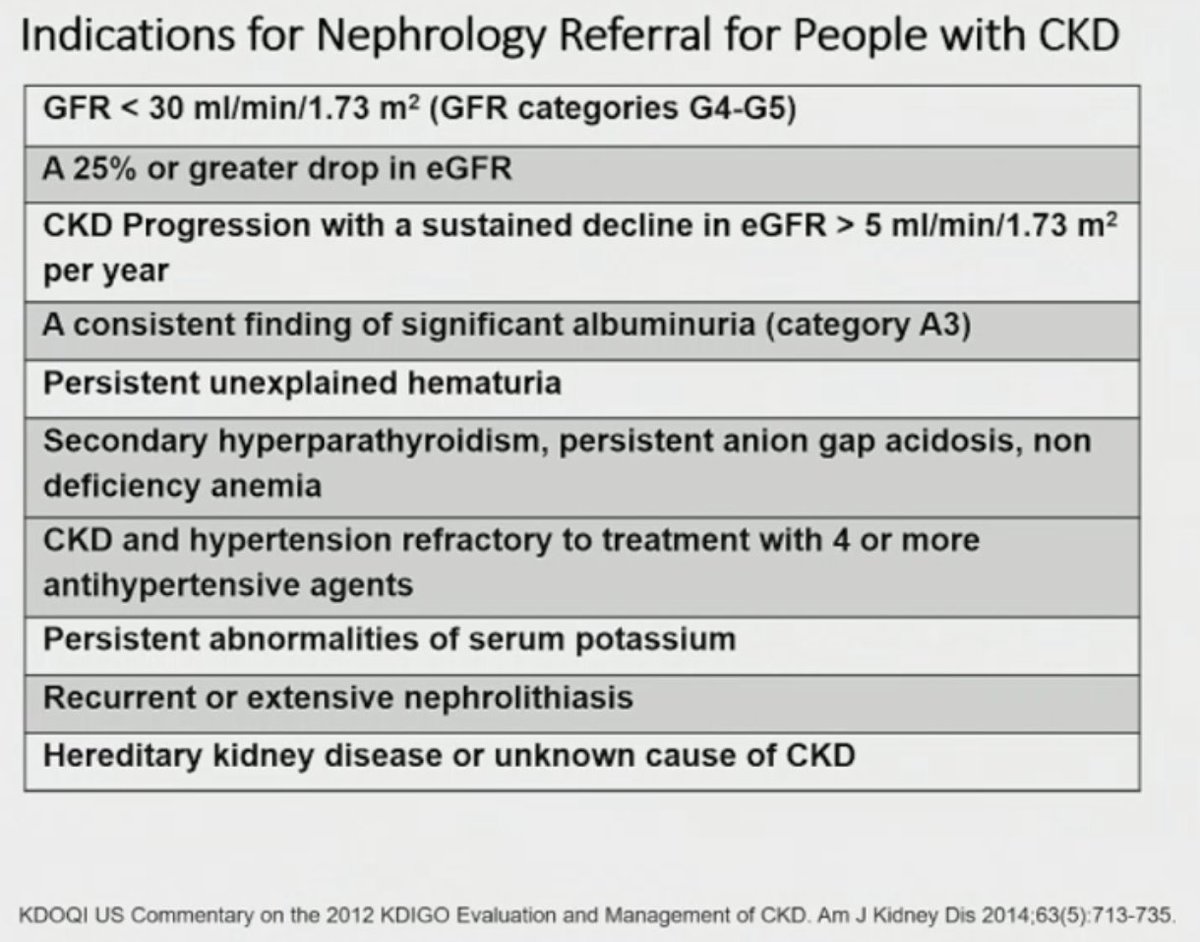Just listened to @BedsideRounds episode #72 entitled “Problems” with Dr. Adam Rodman. Why do we spend so much time on documentation and why does it matter? @Gurpreet2015 @AdamRodmanMD podcasts.apple.com/us/podcast/bed…
1. How we document is how we think: as early as the 18th century, notes started off with communicative and didactic purpose
-19th into 20th century notes: closer to the modern H&P.
-19th into 20th century notes: closer to the modern H&P.
2. A lot of things that exists that we do don’t exist for a rationalist reason, but rather for historical contingency. It happens in medicine all the time!
3. The way that we document today was born out of two parallel movements.
3. The way that we document today was born out of two parallel movements.
4. Larry Weed: The practice of medicine is the way you handle the data and think with it. The structure of the data (ie the present day SOAP note) determines the quality of the output. (Emory #GrandRounds)
5. Medicine became more complicated in the post WW2 period.
5. Medicine became more complicated in the post WW2 period.
6. Progress note: build database, progress in hospital course, tracking quality. Narrative data should be standardized and coded =problem-oriented medical records
7. By the 90s, there was a lot of optimism around EMR.
7. By the 90s, there was a lot of optimism around EMR.
8. We name things as problems and are driven to do something about them. There is no objective way to select problems.
9. We are more likely to include problems pertaining to critical organs - even if of mild degree. Notes inclusive of too many small (or old) problems could drive over testing.
10. The focus by making the progress note has become of keeping records but not about taking care of the pt nor Dx.
11. The way we document shapes the way we think about our patients, we need to be thoughtful about what we are doing mentally when documenting a certain way.
11. The way we document shapes the way we think about our patients, we need to be thoughtful about what we are doing mentally when documenting a certain way.
• • •
Missing some Tweet in this thread? You can try to
force a refresh

 Read on Twitter
Read on Twitter


















